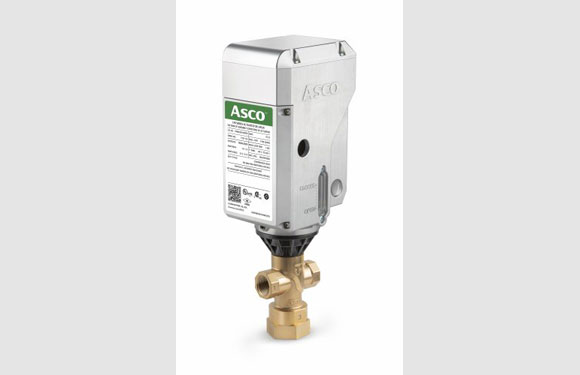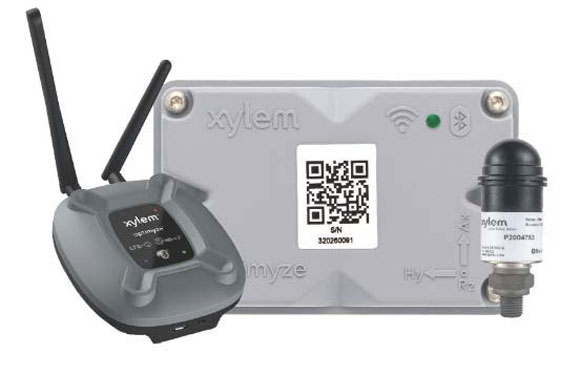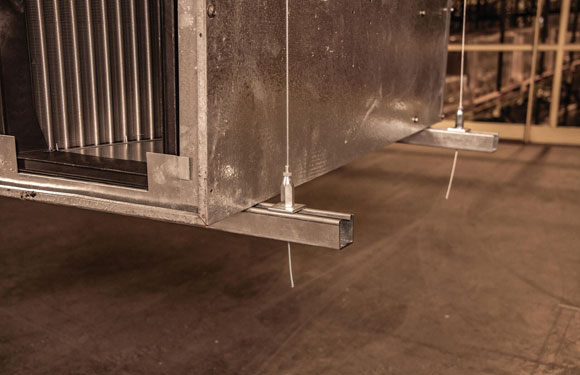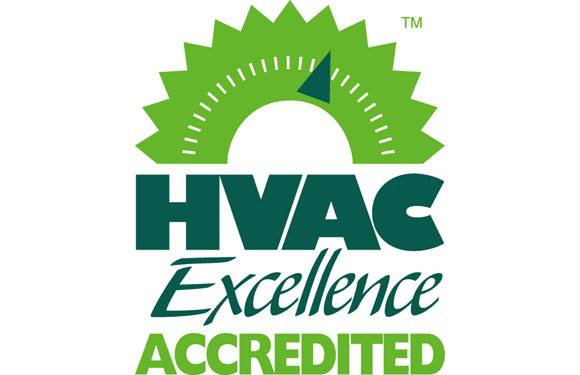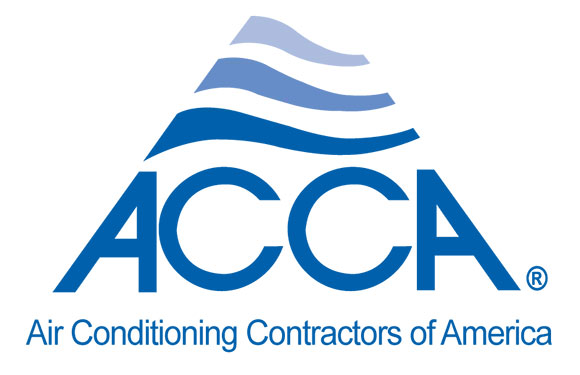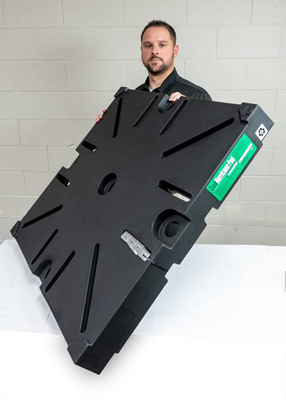
Products
Mainstream Engineering Addresses Roof Mounting of Condensing Units
Once again, recent hurricanes have shown that rooftop equipment is often damaged by high winds. Damaged equipment can impair the operation of the facility, damage the roof, and even worse the equipment can detach and become damaging wind-borne debris.
Of course, water can enter the structure wherever the roof was penetrated, even if the original penetration implementation was properly sealed, due to the opening of this leakage pathway caused by the repeated or prolonged stress on this penetration caused by the hurricane wind loading.

There are two fundamental approaches to securing roof top air conditioning condenser units on flat roof structures:
- Provide a mounting structure that penetrates the roof membrane, ties into the existing roof structure and is strong enough to withstand the hurricane wind loading.
- Attach the condensing unit to a heavy pad, which is resting on-top of the roof, (a sleeper mounting that does not penetrate the roof membrane), where this pad is sufficiently heavy to prevent the condensing unit from tipping over in the expected hurricane wind forces. To determine the minimum weight of the pad, knowing the size and weight of the condensing unit, use the procedures described in American Society of Civil Engineers (ASCE) 7-10.
FEMA has produced a publication titled “Rooftop Equipment Maintenance and Attachment in High-Wind Regions” which provides valuable information and numerous examples of roof top installations that did not survive hurricane wind loads. For example, Figure 1 shows a condensing unit that was only resting on a roof top curb, with no attachment to the roof curb at all.
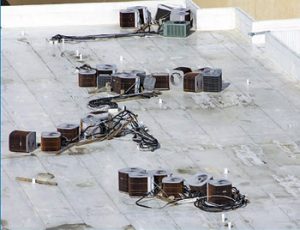
Figure 2 which is copied from FEMA document 543 chapter 3 shows lightweight wooden sleeper mounted condensing units that were displaced by high winds. It is not recommended to place roof top condensing units on lightweight wood sleepers, since these lightweight sleepers can be easily displaced by high winds.
Figure 3 shows a condensing unit that was attached to the roof with plastic pedestals, that were glued to the bottom of the condensing unit. Neither the glue or the plastic pedestals themselves could accommodate the wind loading.
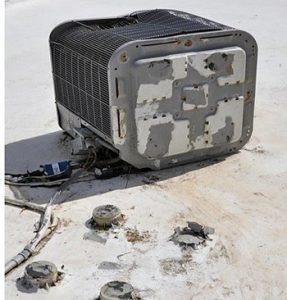
(Photo courtesy of FEMA
digital library.)
For roof top installations a civil or structural engineer should be consulted to verify the adequacy of the roof top mounting method. When considering your mounting options there are several things to consider.
Commercially available concrete hurricane pads are sometimes made of concrete surrounding a foam inner core, to reduce the weight. If you use such a configuration, be certain the weight of the pad is sufficient to keep the condenser in place. In addition, since the pads are not solid concrete, verify that the fasteners used to secure the hold-down-hardware to the concrete pad have sufficient holding power, since the thickness of concrete is reduced. Tapcons® set into only a fraction of an inch of concrete is probably insufficient. Use the fasteners supplied by the pad manufacturer or recommended by the pad manufacturer.
Mainstream Engineering manufactures a QwikHurricane Pad which is a lightweight hollow rotomolded equipment pad, which is lightweight and easy to carry to the roof. Once in place, it is filled with water, which reacts with a jelling agent to fill the internal volume with gel, making the pad much heavier (and providing freeze protection). For example, the 36″ x 36″ x 4″ tall (p/n QT8036) equipment pad weighs only 29 pounds when empty, but once it is located in place and filled with water, it weighs 162 pounds. Likewise, the 42″ pad (p/n QT8040) weighs 35 pounds empty and 200 pounds after being filled. The qwik.com website has engineering sizing software that will allow you to calculate the correct QwikHurricane pad to use, once you specify the equipment size/weight and wind speed exposure at the roof level.

Building Codes will specify the wind rating for the area, higher wind regions are typically along the coast and in hurricane and tornado prone areas. These are ground level wind ratings, but wind speed increases with height above the ground. Taller buildings are exposed to higher wind speeds and greater wind pressures. ASCE 7 provides a procedure to account for building height.
Another common rooftop HVAC issue is the blowing off of access panels. Blown-off panels commonly puncture and tear roof membranes and become airborne debris. Unless the equipment manufacturer specifically engineers the panel attachment to resist the design wind load, FEMA recommends that “Job-site modifications, including attaching hasps and locking devices like carabiners, are recommended. The modification details need to be customized. Detailed design may be needed after the equipment has been delivered to the job site. Modification details should be approved by the equipment manufacturer (see FEMA P-424, 2010 6.101).”
Rooftop condensate drain line installations often do not provide lateral or uplift resistance, resulting in failures. These installations need to be improved. Route these lines below the roof whenever practical.
There is considerable information, related to proper roof top mounting of HVAC units, wind loading calculations and best practices, that is available on the FEMA website and available from the American Society of Civil Engineers. Simply resting the condensing unit on the roof curb or attaching the condensing unit to 4×4 wooden sleepers or plastic pedestals has been shown to be inadequate. Likewise condensate lines simply resting on the roof will not survive hurricane force winds.
Contributed by Robert P. Scaringe, Ph.D. Mechanical Engineer. Bob Scaringe is a registered Professional Engineer and also holds a Ph.D. in Mechanical Engineering from Rensselaer Polytechnic Institute. He has been working in the HVAC/R field for his entire career.
For more information, visit www.mainstream-engr.com or contact Mike Lonis at 321-305-5371 or mike@qwik.com.



